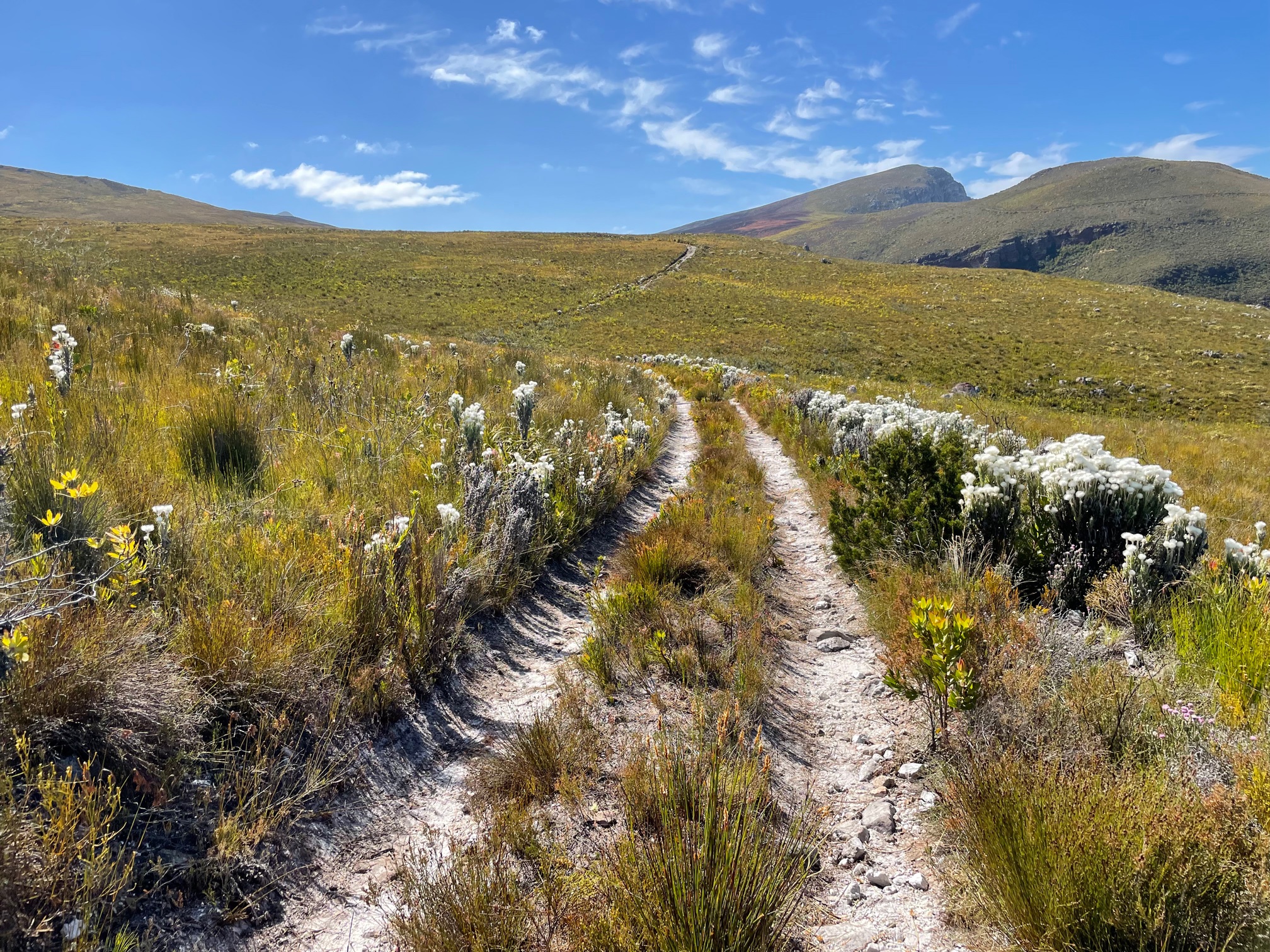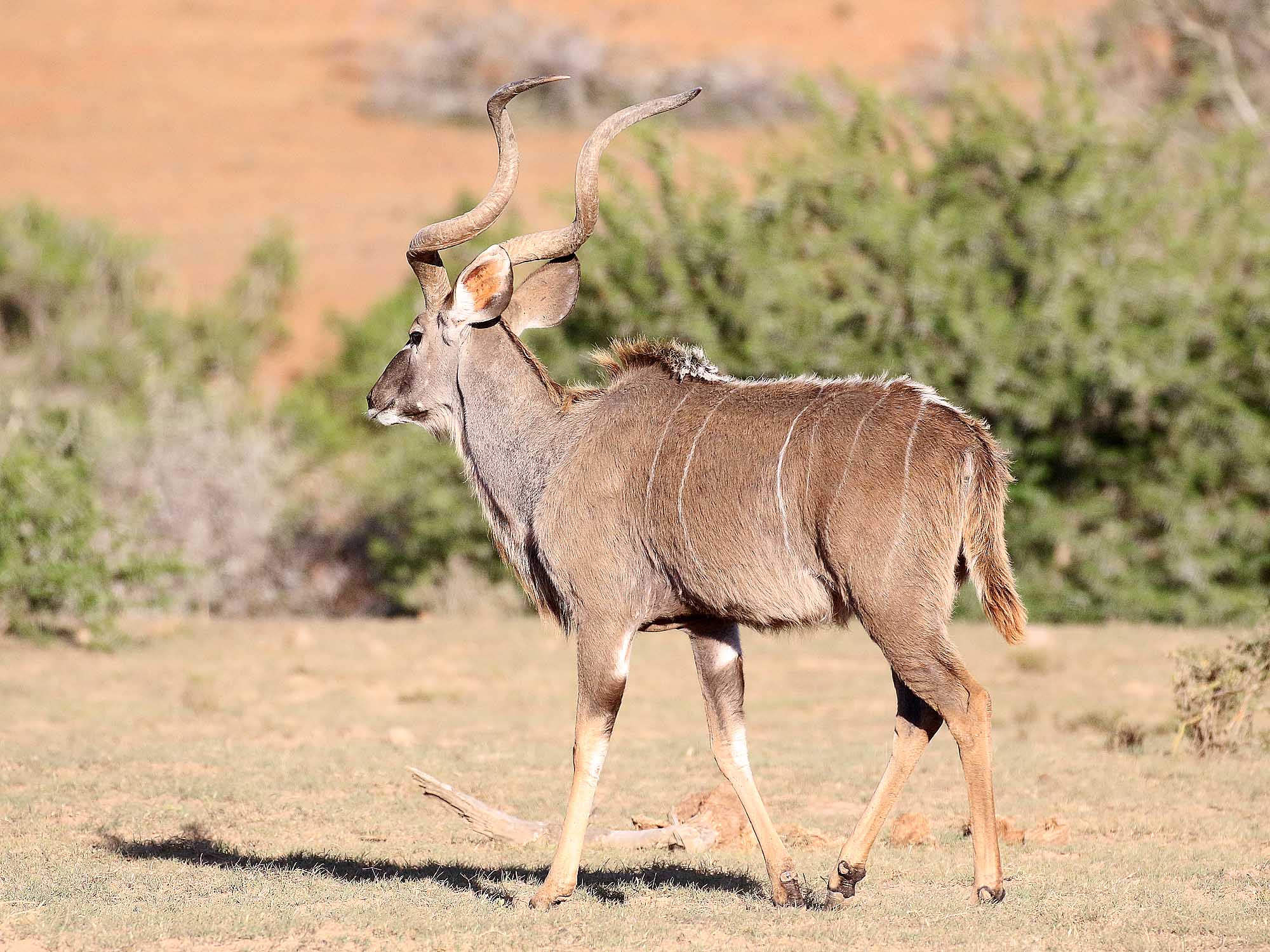We visited Addo briefly many years ago and were somewhat disappointed by the way the dense vegetation impedes one’s view of anything beyond the immediate track or road one is driving on. This time we were happier with the opportunities for birding and game viewing, largely because we stayed at the delightful Nyathi Camp, which lies in the Nyathi Concession to the north of the main area of activity. Only the few Nyathi residents have access to this section of the park, and, whilst the only available road is the one to the camp, it does meander through some riparian forest which is excellent for birding.
Back in the open area to the south of Nyathi Concession we did get excellent viewing of the wonderful elephants for which the area is so well known. I am normally very wary of these large creatures, but they were all quite docile and allowed us to approach without any fear. Of course, one only gets to see them close up at the various water holes, of which Hapoor is undoubtedly the best. During one visit there must have been between 80 and 100 ellies mingling around and bathing in the muddy water! It was a wonderful sight and the highlight of our elephant experiences anywhere.
Back in the Nyathi Concession, we were privileged to identify 100 bird species, of which the Dark-backed Weaver was the highlight, especially since we were not expecting to see them. We also ran into a couple of Black Rhinos along the road, as well as some old bull Buffalo at the dry camp water hole. The camp itself was very well laid out and we had good views over the surrounding area, with occasional ellies, a few zebra and lots of warthogs. Our days were filled with bird song of which the plaintive cry of the Black Cuckoo was the most frequent. Lesser Striped Swallows were everywhere and were building their nests under the eaves of our rondavel. One inadvertently flew in the open door and spent about 18 hours inside before it eventually worked out that the door was wide open and could be used!
The scrub vegetation in the main section of the park was pretty uninteresting, but we were fascinated by the Portulacaria afra (Spekboom) which was very abundant. It was in flower and this brightened up the veld considerably as the flowers are a bright pink and these dominated the otherwise drab surroundings.





































































